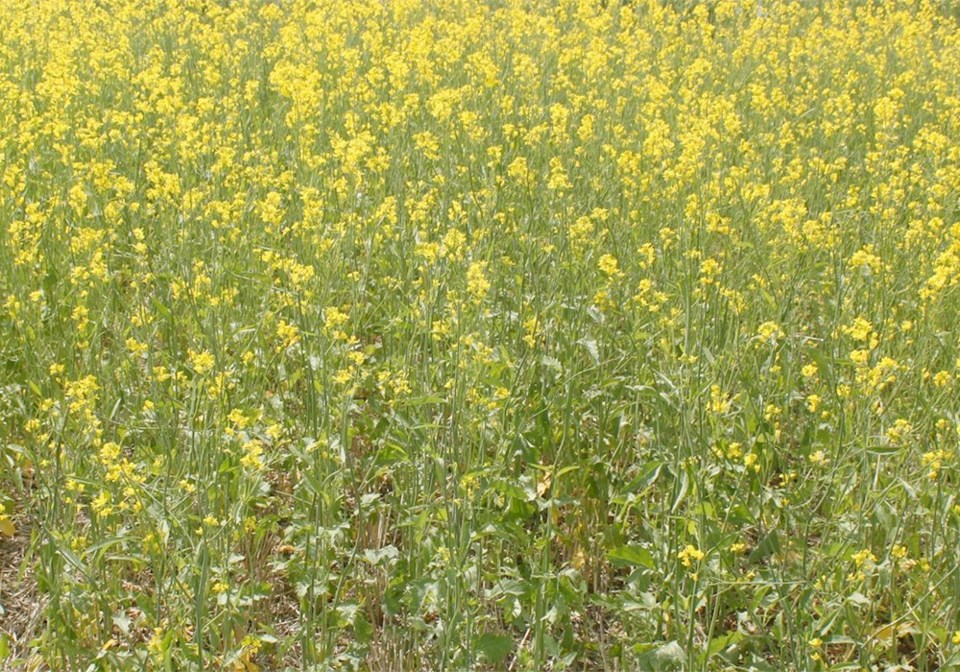WESTERN PRODUCER — The world will beat a path to your doorway if you invent a better mousetrap, they say.
That also applies to being a place like Saskatchewan that produces rare, high quality crops during food-insecure times, it seems.
“You’ve got people from all over the world asking, ‘how are crops in southwest Saskatchewan,” said Peter Gorski, senior grain buyer for BroadGrain Commodities, during an interview at the recent Ag in Motion outdoor farm show near Saskatoon.
“The Saskatchewan farmer, there’s somebody at the other end that needs him.”
Gorski was speaking about mustard, whose world tradeable supplies are dominated by production in a small part of the Prairies, but buyers around the planet are also getting nervous about world stocks of many crops, from lentils to chickpeas to dry peas, for which Western Canada is a primary source.
That nervousness is making many buyers better acquaint themselves with a region few have bothered to think much about before, Gorski said. With food insecurity gripping much of the developing world, nobody is taking prairie production for granted now.
“Nowhere else are there products of such a wide variety and such high quality,” said Gorski.
Overseas concerns are helping raise the profile of the region to buyers across the world, and also helping the small crops that western Canadian farmers grow regain some visibility.
“As the industry from a high level pushes growers to focus on corn, soybeans, canola, spring wheat, special crops get pushed out of the light… but when push came to shove, especially with lockdowns, (with special crops) we’re talking food,” said Gorski.
Weak profitability from some of the small acreage crops and ease of marketing the mega-crops had seen many acres shift to canola, soybeans, corn and wheat, but recent extremely high prices for some special crops has brought some back into farmers’ favour.
Mustard has been a standout success for anybody producing a crop, with inelastic demand driving prices high as mustard became suddenly scarce in the past couple of years.
With millions of people across North America returning to stadiums to watch sports events, food providers aren’t taking mustard for granted.
“That has completely changed,” said Gorski, a passionate advocate of the importance of mustard on most summer outdoor foods.
“It’s a really incredible time.”




